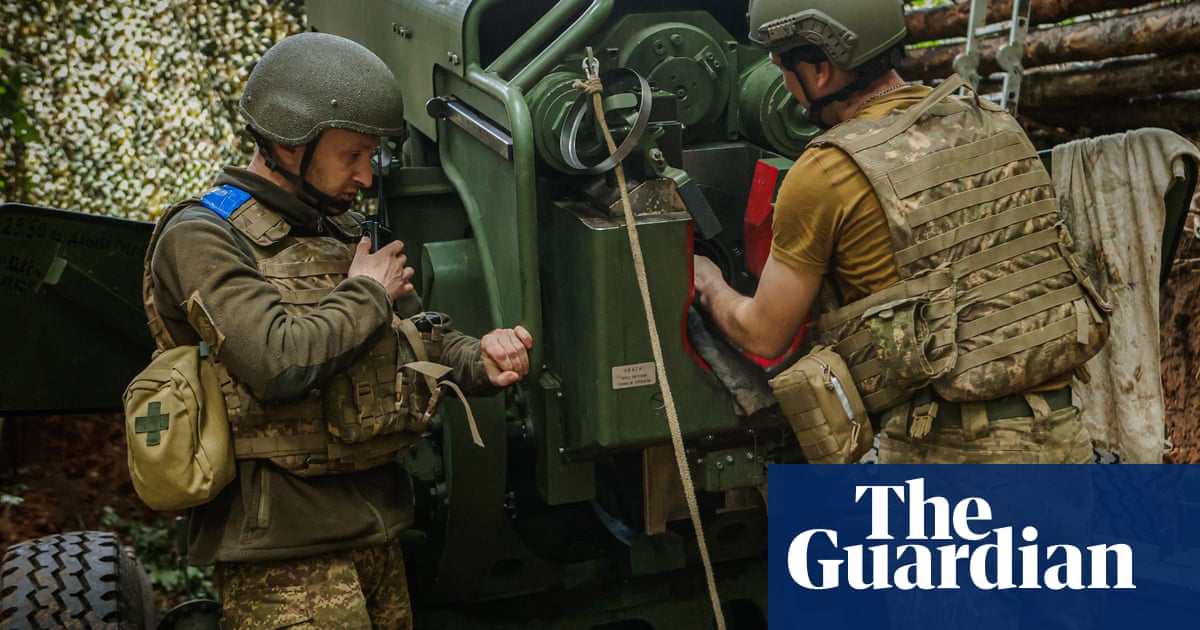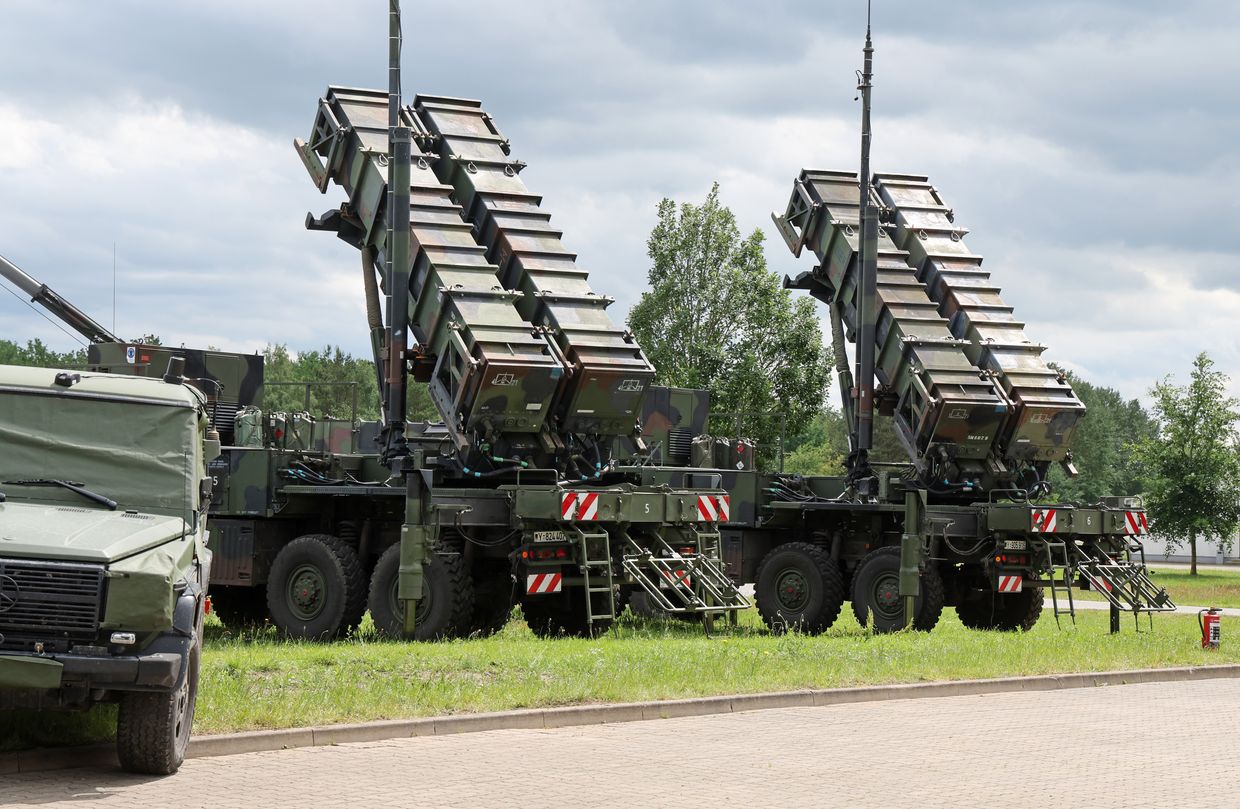T4K3.news
US and allies struggle with missile defense
A report reveals gaps in the preparedness against missile saturation attacks.

A recent report reveals serious gaps in missile defense systems amid rising threats.
US and allies lack readiness against missile saturation attacks
Between June 13 and 24, Iran launched 574 missiles towards Israel, with reports indicating that some penetrated defenses despite efforts by the US and Israel. The Jewish Institute for National Security Affairs provided new insights into this situation, highlighting that the THAAD system intercepted 47.7 percent of these missiles. The analysis also pointed out that the US is facing challenges in replenishing its THAAD stockpile, indicating a struggle to maintain robust defenses.
Key Takeaways
"THAAD intercepted 47.7 percent of all missiles fired at Israel, an unexpectedly high proportion."
This highlights the effectiveness of THAAD in recent conflicts despite overall concerns.
"The US and its allies do not have enough coverage to protect key installations."
A stark indication of the potential vulnerabilities in global missile defense strategies.
"The industrial base is not ready for the challenge posed by adversary missile production."
This reflects systemic issues in the US defense manufacturing capabilities.
"It takes at least two Patriot interceptors for every enemy missile fired."
This may signal a critical shortage for US defense systems in times of conflict.
The findings from the JINSA study open up important discussions about missile defense capabilities in not just Israel, but also across US allies. It suggests a critical dependency on US systems for defense in the face of growing missile threats from adversaries. The data on THAAD’s interception rates may initially seem impressive, but they expose deeper systemic inadequacies in missile defense manufacturing. The US and its allies must consider reinforcing their production capabilities to counter the overwhelming output of missile systems from nations like Russia and China.
Highlights
- Half of Iran's missiles got through despite defenses.
- THAAD intercepted nearly 50 percent of Iranian missiles.
- The US may struggle to replenish its missile stockpile for years.
- Israel's missile defenses show significant gaps in capability.
Concerns over missile defense readiness
The US and its allies are facing significant challenges in replenishing missile defense systems amidst rising threats from countries like Iran and North Korea.
This highlights a crucial need for reassessment and investment in missile defense capabilities.
Enjoyed this? Let your friends know!
Related News

Ukraine awaits US military support details

Kim Jong Un declares victory against US in fiery speech
Ukraine conducts drone strikes on Russian energy sites

UK Defence Secretary promotes 50-day plan for Ukraine

Prisoner swap agreed amid stalled Russia-Ukraine talks

US THAAD missile interceptors used extensively in conflict

Marjorie Taylor Greene criticizes Trump over Ukraine policy
